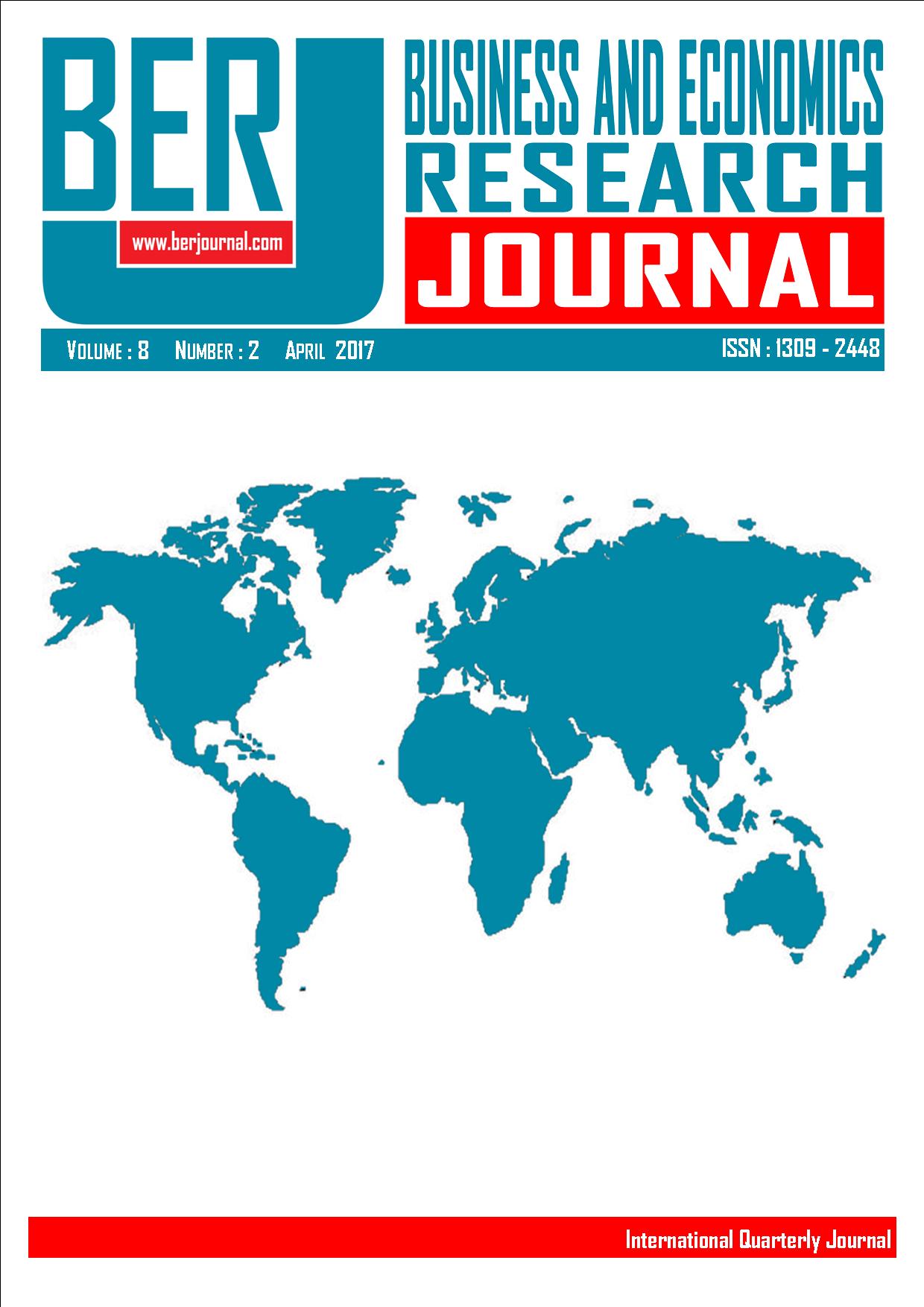The Econometric Analysis of Student Expenditures: A Case Study of Amasya University
The Econometric Analysis of Student Expenditures: A Case Study of Amasya University
Author(s): Rustu Yayar, Nagehan Karanfil, Hilal ŞekerSubject(s): Economy, Socio-Economic Research
Published by: Adem Anbar
Keywords: Consumption Expenditures; Engel Curve; Income Elasticity; University Student; Amasya University;
Summary/Abstract: In this study, the consumption expenditures of the students, one of the important income sources of regional economies, were revealed, and it was investigated that whether these expenditures are in relation with socio-demographic factors or not. Used data was collected via survey study done to the students in Amasya University. The income-expenditure functions of the students, the share of fourteen expenditure groups in total expenditures, and income elasticity were estimated with the help of Engel’s functions. Sampling was used for sample selection. SPSS and Eviews Packet Programs were used in data analysis. 717 out of 800 surveys were approved and attached to analysis. 14 expenditure items were formed by based on “classification of individual consumption by purpose“. It is also searched that whether the gender of the students; studying in daytime or evening education; getting scholarship or loan; being student in faculty or high school; possession of credit card; studying in medical, social or technical departments; and accommodating in houses or dorms had a meaningful difference on consumption expenditures or not. In the study, while a clear observation related to the marginal propensity to consume of the students in daytime education in Amasya University cannot be stated, that their autonomous consumption is 47,5 TL lower than the students in evening education can be stated. It is also observed that the income elasticity values related to alcohol-tobacco, household goods, hotel-restaurant, chance-games, and sport expenditures are higher than 1, and the income elasticity values related to the other expenditure items are lower than 1.
Journal: Business and Economics Research Journal
- Issue Year: 8/2017
- Issue No: 2
- Page Range: 167-181
- Page Count: 15
- Language: English

